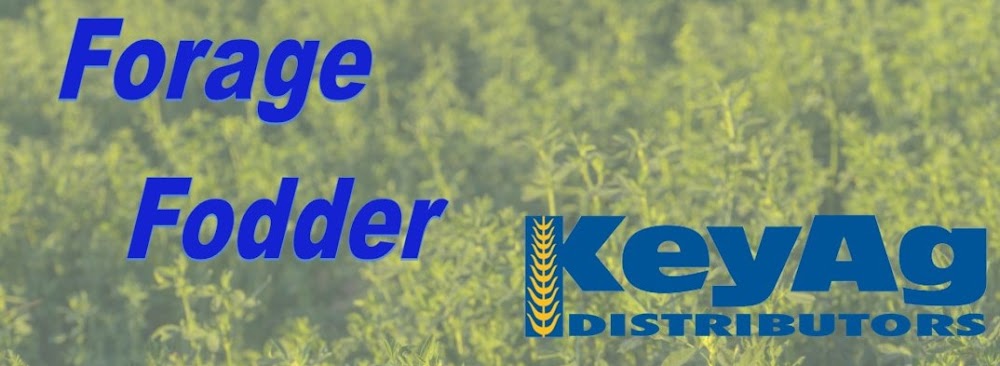Colorado—In the May 18 report, trade activity very light on good demand. All trades reported this week were on horse hay. Growers continue to put pricing available for new crop hay. No new crop trades have been reported as of yet. Offers are being thrown around for alfalfa hayleage in the $180-$190 standing range, but no trades have been reported. Rain also helped to revive winter wheat and benefited emerging summer crops. Due to limited sales and price changes, this report will be released bi-weekly until more volumes of hay move.
Missouri—In the May 25 report, compared to last report, the supply of hay is light and demand is light to moderate. Many producers pulled into the hay fields over the last week. Some because it is just that time others in an effort to prevent army worms from eating what grass is there. Thus far no one is bragging about yields and those type of reports aren’t expected due to late cold spells then lack of moisture which has resulted in not a lot of growth and early maturity for fescue and orchard grass which makes up a lot of the hay fields around the state. Farmers desperately needing to rebuild supplies following last year’s disappointing harvest. Thus far new crop prices seem to be mostly steady with how last even though some input prices have fallen along with fuel cost the lack of supplies are holding prices steady.
Nebraska—In the May 25 report, compared to last report, all reported hay sales were steady. Demand remains good for ground and delivered products and for bales of forages. Very light supply of new crop alfalfa on the ground in the eastern part of the state. What has been cut is going as green chop to dairies. Most contacts think they will start on first cutting after Memorial Day. Some talk on price of new crop alfalfa with nothing set in stone. There is very limited carry over hay with some loads continuing to get shipped in from South Dakota and Minnesota. Rains need to continue across the state to have an average year of hay production on non-irrigated crop ground.
Oklahoma—In the May 26 report, compared to the last report, hay trade is slow with good demand. Oklahoma as a whole is cutting behind schedule. Much-needed rainfall across the state of Oklahoma has been received. With those rains, some parts of the state are unable to bale hay due to the moisture. Still, no price trends are available at this time. Drought conditions remain in some areas. Next report will be released on June 10.
Texas—In the May 19 report, compared to the last report, hay prices remain steady to firm in all regions. First cutting of alfalfa and grass hay has either been cut or is in the process of being laid down. Price discovery is underway however no trades have been reported as of yet. Hay demand is very good across the state. Ample amounts of moisture moved across much of the state recently and abundance of hay is expected especially in south, east, central and north Texas . Hay movement remains steady in all regions as supplemental livestock feeding continues throughout the early spring months in west and southwest part of the state. Producers continue to cull livestock due to the lack of last seasons hay even with new pasture becoming flush. Next report will be released June 2.
South Dakota—In the May 25 report, compared to last report, little reported hay this week as many producers don’t have much, if any hay left to sell. Warm and sunny conditions have the alfalfa looking good and ready to cut. Some producers seized the opportunity this week to make a first cutting as the humidity has been low and temps in the 80s. Cattle have been turned out to grass, rains came last week out west, with more chances this weekend.
New Mexico—In the May 26 report, compared to report, alfalfa hay steady. Trade active, demand good. The second cutting has started in the southern part of the region with half inch of rain reported last weekend.
Wyoming—In the May 18 report, compared to last report all reported forages sold steady. Limited supply of hay still available for sale. Most loads have been spoke for and just waiting for trucks to come and haul. Per NASS, alfalfa condition is at 61% good compared to 51% last year. Next report will be released June 1.
Montana—In the May 26 report, compared to last report, hay sold generally fully steady. Local demand for hay was mostly light as many ranchers have turned out cows and yearlings for the season. However, demand for hay to ship south into drought stricken areas was moderate to good on light offerings. Most of the hay on this week’s report is destined for the south central plains states. Producers continue to try to figure out where to price new crop hay and discussions have varied greatly. No offers have been set or accepted yet but plenty of discussion is occurring. Winter kill has been widely reported in western Montana and some producers lost a substantial number of acres. Many have seeded grass to help with the reduction in yield while others opted to rip fields out entirely and switch to spring wheat. First cutting is in great shape according to southern producers and many are looking at cutting first cutting in the next two weeks. Hay in central Montana remains behind due to a cooler wet spring and most producers are over 14 days out from starting first cutting.


No comments:
Post a Comment